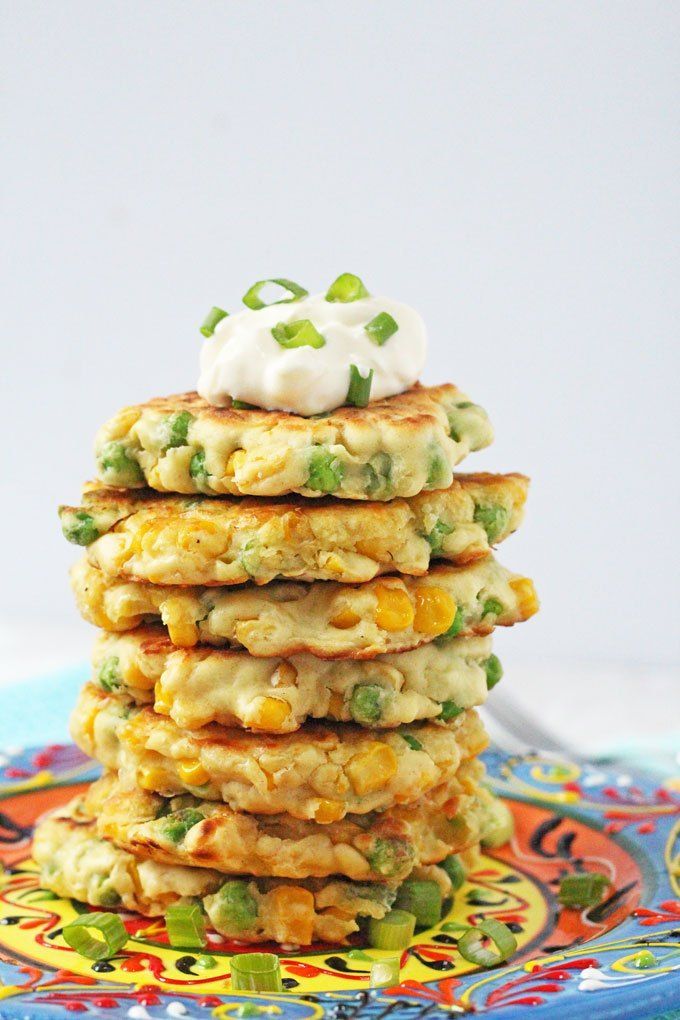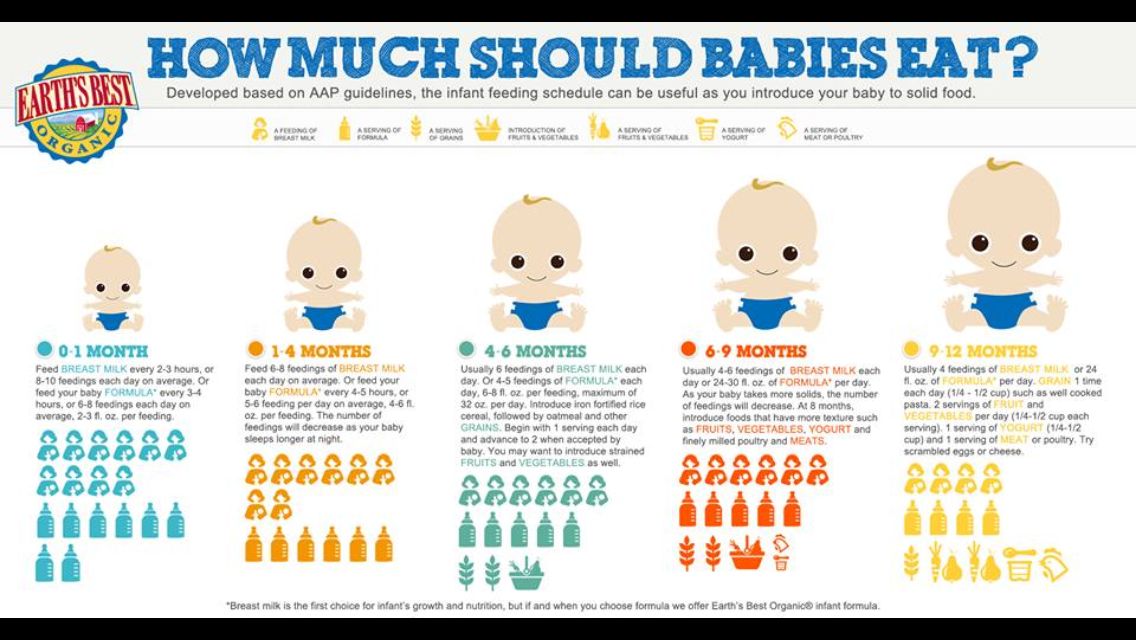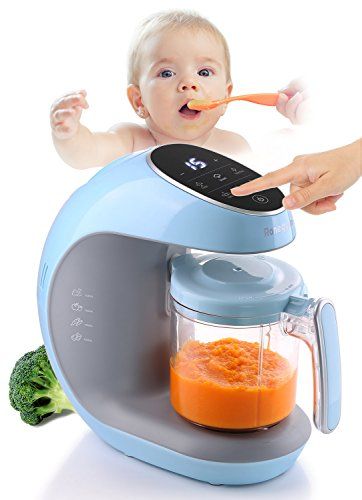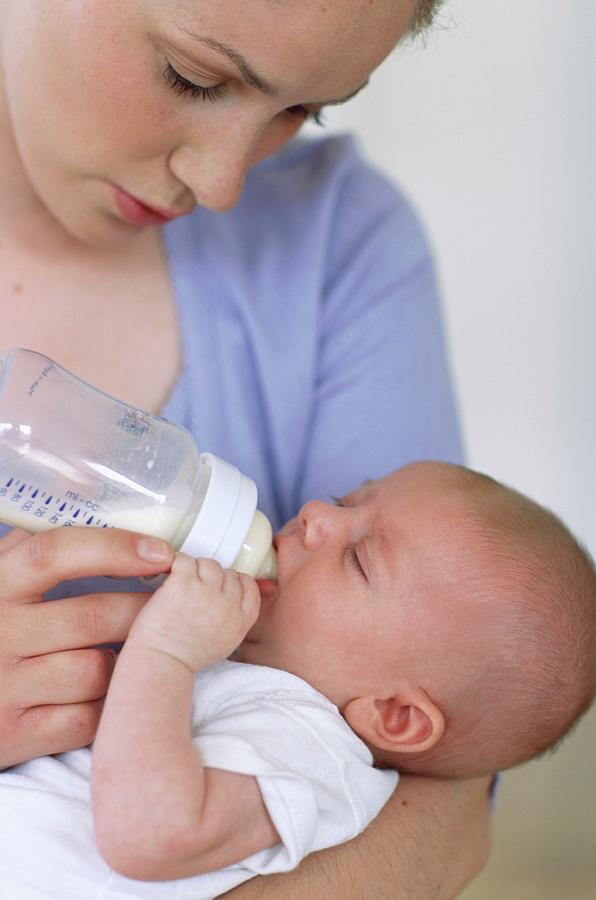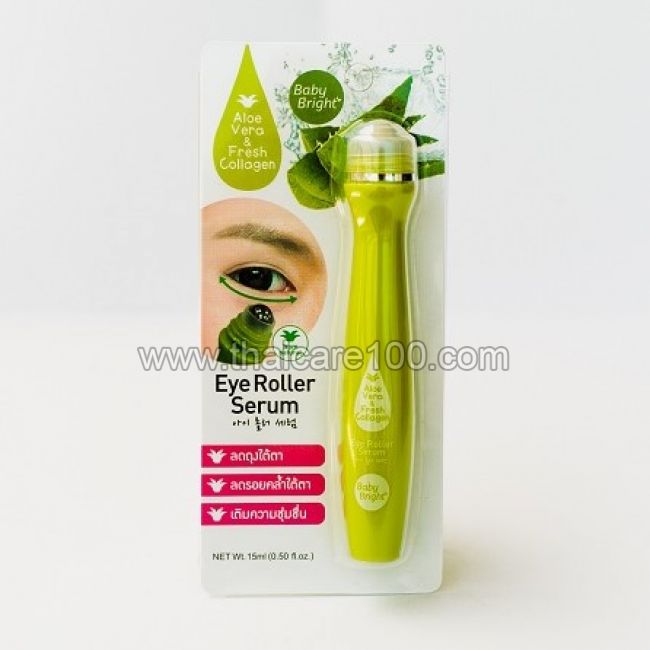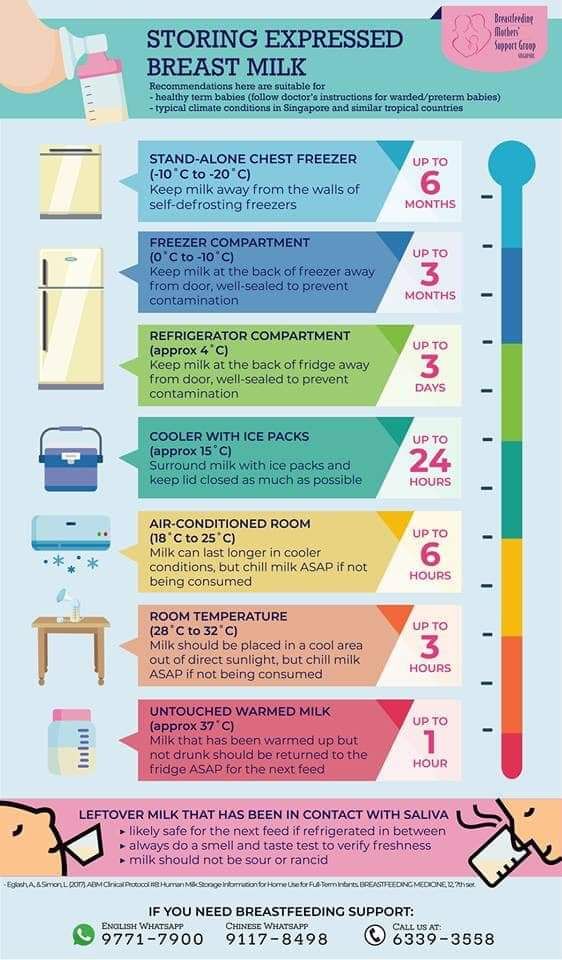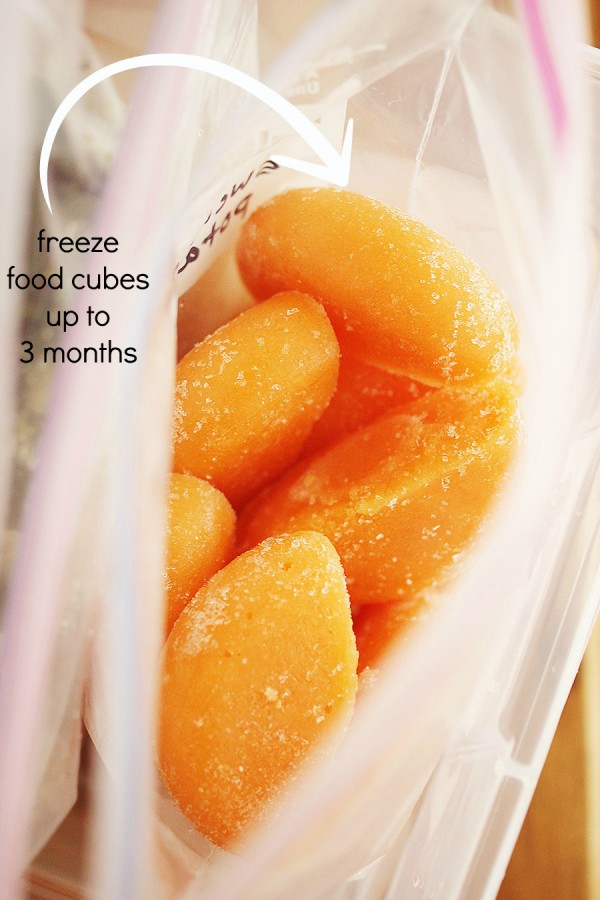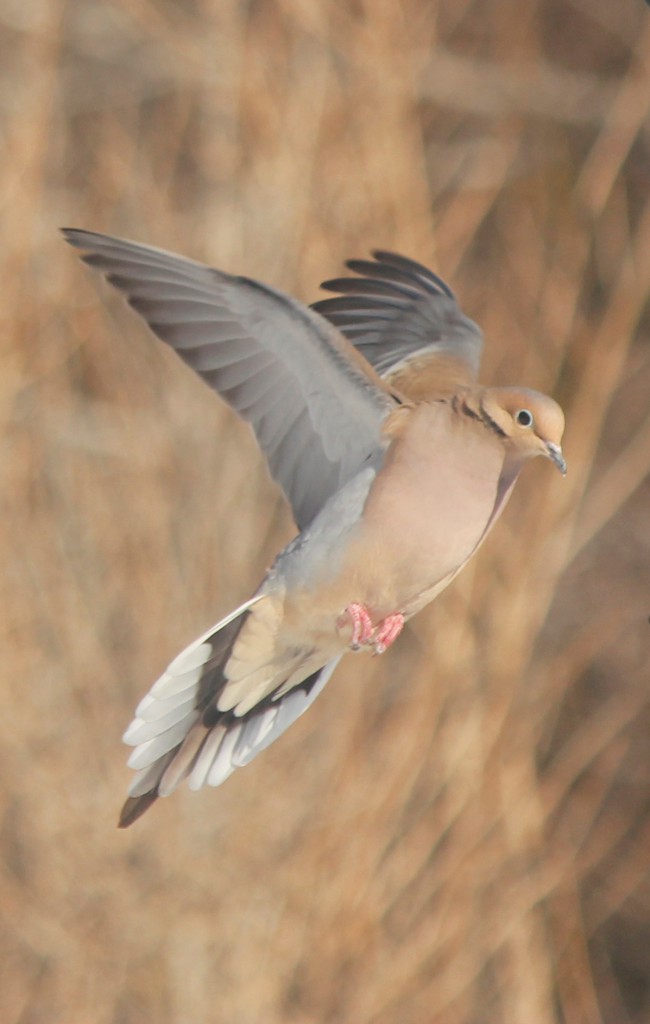Finger food snacks for babies
Best Early Finger Foods for Baby (With Tips, Visuals, and Recipes)
Use this list of safe, nutritious, and easy to eat finger foods for baby to help you know exactly what (and how) to offer at meals and snacks. Plus, find the best first finger foods, troubleshooting tips, and visuals of foods broken down by food group to keep things easy!
Finger Foods for Baby
After baby starts solids and is ready to move onto finger foods, you may feel a little confused by exactly what to serve and how to serve it. Which is totally normal because it can be scary to let baby feed themselves this way and we may not have any experience doing this—or we may have totally forgotten from our last kiddo!
This list of finger foods for baby will cover some great first finger foods to start with, then set you up with plenty of healthy options from each food group.
TIP: Find more info on starting solids here and the best foods to start with if doing baby led weaning or purees with baby.
Healthy Baby Food
I love sharing these ideas for baby food since they are easy to prepare and serve and because I know how hard it can be to continue to come up with flavorful and healthy meals and snacks for our little ones. Let me tell you, I’m on my third kiddo and it can be such a challenge to feed him during the chaos of parenting the rest of my crew! These foods are wholesome and nutritious—perfect for your baby.
TIP: I’m a big fan of SpoonfulONE, a company that offers the most complete way to introduce food allergens to our kids. They make mix-ins, puffs, and crackers that are yummy and easy for babies and toddlers to eat. Learn more about their pediatrician-approved baby foods here. (sponsored link)
Best First Finger Foods
When baby is around 9 months, you’ll notice that they’re able to pick up smaller pieces of food with two fingers. This is known as the “pincer grasp” and is a sign that they’re ready to start finger foods.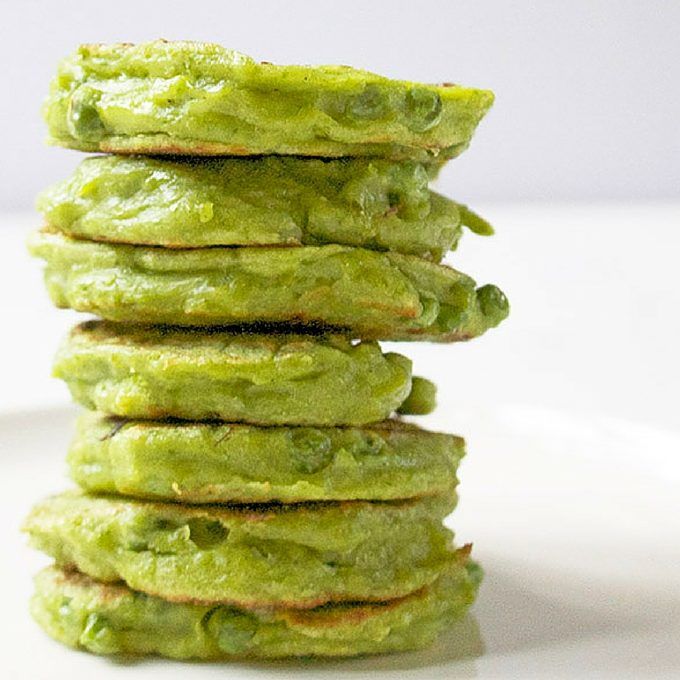 To be clear, when I say “finger foods” I mean small pieces of food that a baby (or toddler) can feed themselves.
To be clear, when I say “finger foods” I mean small pieces of food that a baby (or toddler) can feed themselves.
Here are some of my favorite ones to start with that are all super soft, safe to eat, and easy to pick up.
- Scrambled egg, broken up into small pieces
- Roasted sweet potato mashed and broken up into small pieces
- Fresh raspberries, broken up into smaller pieces
- Oatmeal, cooked according to package directions and allowed to cool
- Tofu, diced and sauteed lightly or steamed
- Ground beef, chicken, or turkey, broken up into small pieces or lightly mashed meatballs
- Shredded cheese or crumbled goat cheese
- Mashed sweet potato, in little pieces
- Peanut butter puffs
TIP: You can serve the tofu, ground meat, or meatballs in veggie puree from a pouch or a simple marinara sauce for extra moisture and flavor. Learn more about how and why to introduce peanut butter.
Finger Foods for Baby: Fruits and Veggies
Some of my favorite early fruits and veggies to serve babies are:
- Mashed roasted sweet potato, broken up into small pieces
- Warmed frozen peas, slightly mashed if desired
- Roasted Zucchini
- Diced Roasted Sweet Potato or Butternut Squash
- Fresh blueberries, cut in half or quarters
- Fresh raspberries, broken into small pieces
- Banana, broken into small segments (they are less slippery this way versus slicing them)
- Avocado, diced and mashed slightly (be sure it’s ripe and very soft)
TIP: A good rule of thumb is to serve pieces of food that are about the size of a pea to start and soft enough that they are easy to squish between your fingers.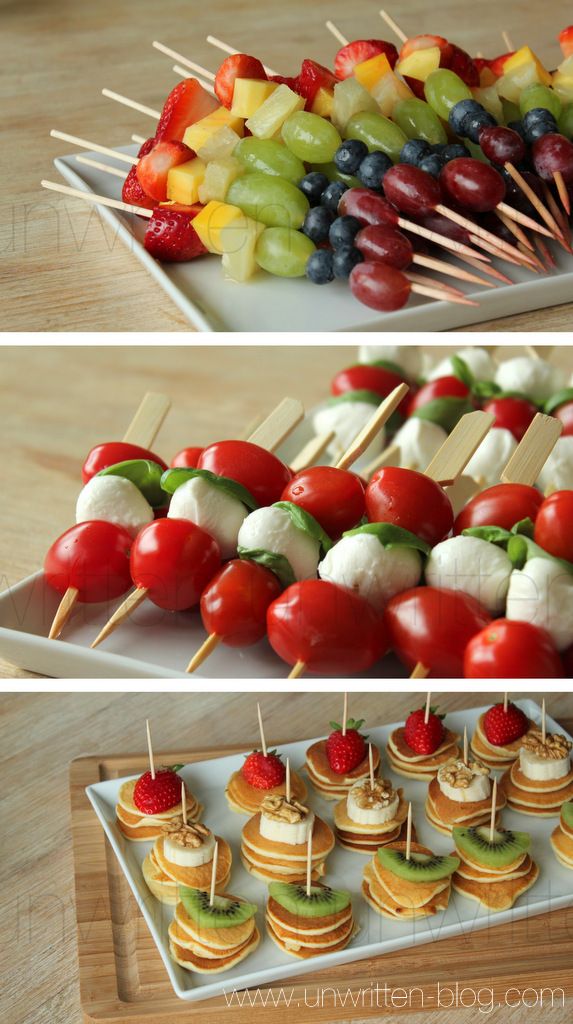 This will be easy for baby to pick up and eat and will also reduce chances of choking.
This will be easy for baby to pick up and eat and will also reduce chances of choking.
Finger Food Ideas: Carbohydrates
Offering complex carbohydrates can provide fiber, a variety of textures, B vitamins, and more. Try these with your baby.
- Spinach pancakes (moisten with applesauce or plain yogurt if needed; this recipe is particularly moist and great for babies)
- Oatmeal, cooked according to package directions and allowed to cool
- Baby Puffs
- Peanut Butter Puffs
- Rice (it’s easiest if it’s in little clumps so baby can pick it up; this Coconut Rice or this Cheesy Rice are both good options)
- Baby Banana Muffin
- O cereal (soften in nondairy unsweetened milk or yogurt as needed)
- Baked Oatmeal, diced
Finger Food Ideas: Proteins
Offering proteins will continue to expose baby to a range of nutrients. These are my go-tos for babies newer to finger foods—and toddlers too.
- Shredded cheese (thicker cuts are a little easier to pick up)
- Tofu, diced and sauteed lightly or steamed
- Flaked cooked wild salmon
- Lightly mashed meatballs
- Shredded chicken, cut up finely (we love this Butter Chicken to share with baby)
- Ground beef, turkey, or chicken, broken into smaller pieces
- Lightly mashed beans
- Scrambled eggs, broken up into small pieces
- Diced egg muffins
I’d love to hear any questions you may have, or if you have foods that your babies enjoy that I didn’t include here.
 Chime in below in the comments!
Chime in below in the comments!Prep Time 5 minutes
Cook Time 5 minutes
Total Time 10 minutes
Author Amy Palanjian
Cuisine American
Course Baby Food
Calories 124kcal
Servings 1
First Finger Foods (choose 1-3 per meal)
- ▢ 1 Scrambled egg (broken up into small pieces)
- ▢ 1/4 cup Roasted sweet potato, mashed and broken up into small pieces
- ▢ 1/4 cup Fresh raspberries (broken up into smaller pieces)
- ▢ 1/4 cup Oatmeal (cooked according to package directions and allowed to cool)
- ▢ 2 tbsp Tofu (diced and sauteed lightly or steamed)
- ▢ 2 tbsp ground beef, chicken, or turkey, broken up into small pieces or lightly mashed meatballs
- ▢ 2 tbsp shredded cheese or crumbled goat cheese
- ▢ 1/4 cup Mashed sweet potato (broken into little pieces)
- ▢ 1/4 cup Peanut butter puffs
Fruits and Veggies
- ▢ 1/4 cup mashed roasted sweet potato (broken up into small pieces)
- ▢ 1/4 cup warmed frozen peas
- ▢ 1/4 cup Roasted Zucchini
- ▢ 1/4 cup diced Roasted Sweet Potato or Butternut Squash
- ▢ 1/4 cup blueberries (cut in half or quarters)
- ▢ 1/4 cup raspberries (broken into small pieces)
- ▢ 1/4 cup banana slices (broken into small segments—they are less slippery this way versus slicing them)
- ▢ 2 tbsp avocado (diced and mashed slightly—be sure it's ripe and very soft)
Whole Grains and Carbohydrates
- ▢ 1 Spinach pancakes (moisten with applesauce or plain yogurt if needed; this recipe is particularly moist and great for babies)
- ▢ 1/4 cup Oatmeal (cooked according to package directions and allowed to cool)
- ▢ 1/4 cup Baby Puffs
- ▢ 1/4 cup Peanut Butter Puffs
- ▢ 1/4 cup fully cooked rice (it's easiest if it's in little clumps so baby can pick it up; this Coconut Rice or this Cheesy Rice are both good options)
- ▢ 1 Baby Banana Muffin
- ▢ 1/4 cup O cereal (soften in nondairy unsweetened milk or yogurt as needed)
- ▢ 1/4 cup Baked Oatmeal (diced or regular oatmeal broken into little pieces)
Dairy
- ▢ 2 tbsp Shredded cheese (such as mozzarella)
- ▢ 2 tbsp Tofu (diced and sauteed lightly or steamed)
- ▢ 2 tbsp flaked cooked wild salmon
- ▢ 1 lightly mashed meatballs
- ▢ 2 tbsp finely shredded chicken (we love this Butter Chicken to share with baby)
- ▢ 2 tbsp ground beef, turkey, or chicken (broken into smaller pieces)
- ▢ 2 tbsp lightly mashed beans
- ▢ 1 Scrambled egg (broken up into small pieces)
- ▢ 1 Diced Egg muffins
For each meal or snack, choose 2-3 foods from a mix of food groups.
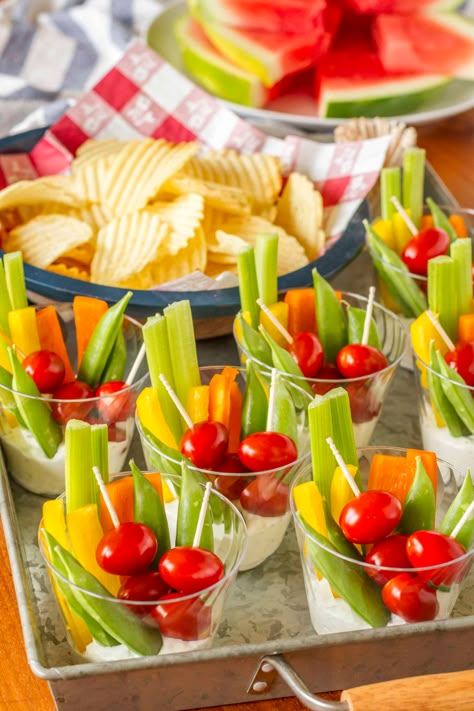 Aim to include some fat in most meals and protein in many too.
Aim to include some fat in most meals and protein in many too.Prepare the food, cutting into small pieces and/or mashing as needed to make the food easy to eat.
Start with small portions and allow more as baby indicates according to their hunger.
- Store leftovers in an airtight container for 3-5 days in the fridge.
- Many foods you cook for your family will work as baby finger foods—just be sure they are easy to squish between your fingers and the pieces are small and easy to chew.
- Babies very normally make a lot of faces when they eat, so don't assume they don't like something just because they scrunch their nose!
- Flavors and textures can take time to learn to eat, so continue offering foods in small portions even if baby hasn't liked them in the past—and make sure they taste good to you!
Calories: 124kcal, Carbohydrates: 14g, Protein: 7g, Fat: 4g, Saturated Fat: 1g, Polyunsaturated Fat: 1g, Monounsaturated Fat: 2g, Trans Fat: 1g, Cholesterol: 164mg, Sodium: 81mg, Potassium: 344mg, Fiber: 4g, Sugar: 5g, Vitamin A: 9857IU, Vitamin C: 18mg, Calcium: 51mg, Iron: 1mg
Tried this recipe?Rate in the comments and tag @yummytoddlerfood on IG!
Easy, Healthy, Perfect for Kids and Babies!
These sweet Banana Spinach Pancakes are a favorite when you’re looking to boost nutrition in a favorite breakfast option.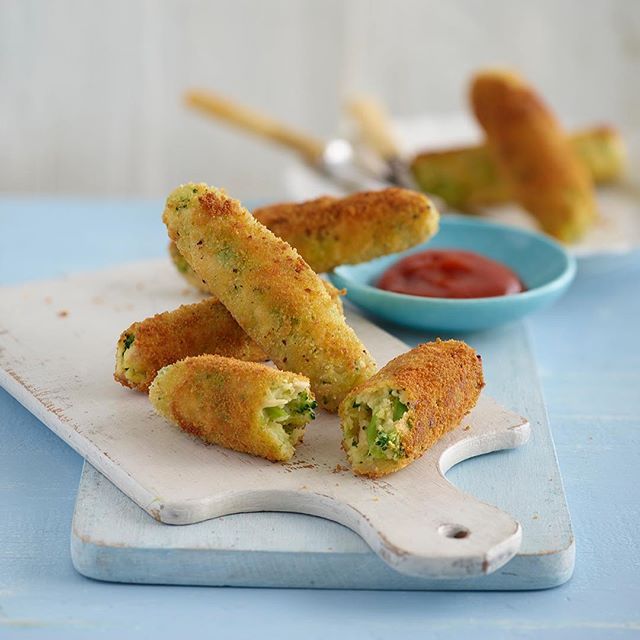 Or to have a little fun at the breakfast table by serving up a colorful meal.
Or to have a little fun at the breakfast table by serving up a colorful meal.
Spinach Pancakes
I never thought that my older daughter would be such a fan of green pancakes, but just when you think you know your kiddo, they go and surprise you! It turns out that she’ll eat pretty much anything in pancake form. This (and Spinach Pesto and my Spinach Muffins) are by far her preferred ways to get her greens.
I love how these are both easy to make and they’re so easy for the kids to enjoy.
The beauty of this kids pancake recipe is that it comes together in the blender so you don’t have to dirty a sink full of dishes to make it happen.
And it includes two bananas and small pile of spinach, so everyone will get a nice amount of vitamins and minerals to start the day.
TIP: The flavor is sweet, so despite the color, they taste like healthy banana pancakes.
Ingredients You Need
To make this simple pancake recipe you’ll need:
- Very ripe bananas: Those with brown spots will have the best flavor
- Eggs
- Buckwheat flour or whole wheat flour
- Milk: Dairy or nondairy
- Baby spinach: You can use fresh spinach or spinach that you’ve frozen
- Ground flaxseed
- Baking powder
- Cinnamon
- Vanilla extract,
- Oil or butter for cooking
Ingredient Substitutions
Both whole wheat and buckwheat flour work well in this recipe, though the pancakes cook through more easily with buckwheat.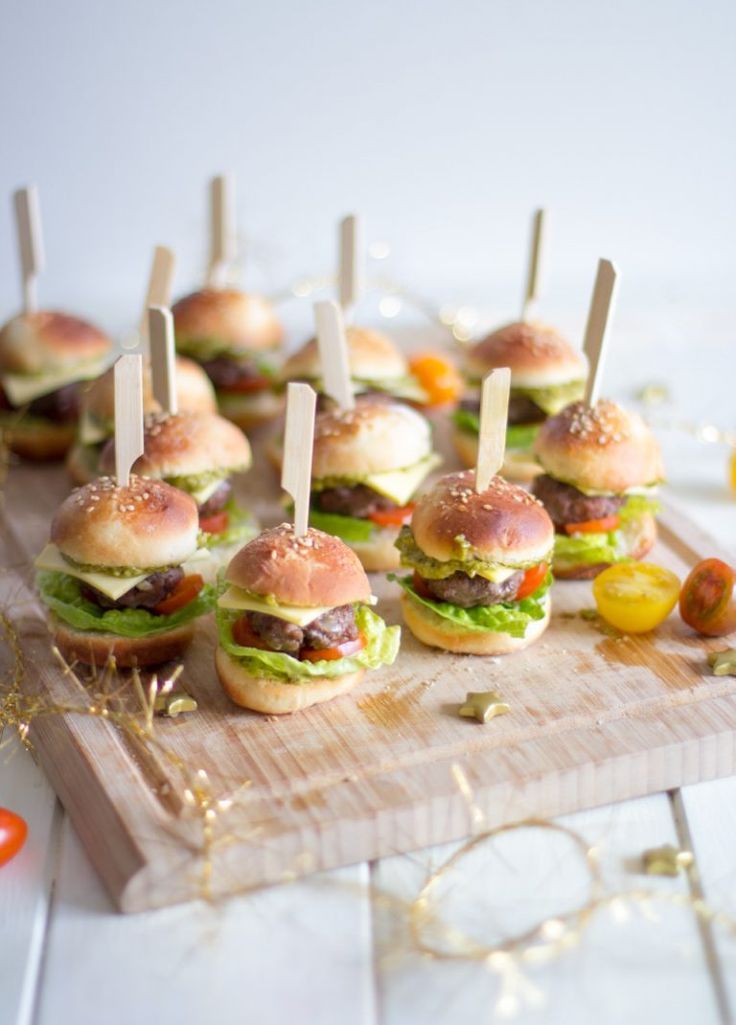 Look for it in the natural flours section of your supermarket. It’s widely available and very nutritious. For tips on using whole wheat flour, see the Notes section at the bottom of the recipe as you’ll want to reduce the milk amount slightly.
Look for it in the natural flours section of your supermarket. It’s widely available and very nutritious. For tips on using whole wheat flour, see the Notes section at the bottom of the recipe as you’ll want to reduce the milk amount slightly.
Use an egg replacer like the one from Bob’s Red Mill to make these egg-free.
Use buckwheat flour to make these gluten-free.
Use nondairy milk to make these without dairy.
Step-by-Step Instructions
Here’s a look at how to make these healthy pancakes. Scroll down to the bottom of this post for the full information.
- Add all ingredients to a blender except the flour.
- Blend, starting on low and working up to high. You want the spinach to be very well incorporated.
- Stir or pulse in the flour. Avoid over-blending but do make sure to get all of the flour blended in.
- Cook as you would any other pancakes and serve warm.
TIP: I like to cook these in a nonstick skillet or griddle since they are easiest to flip.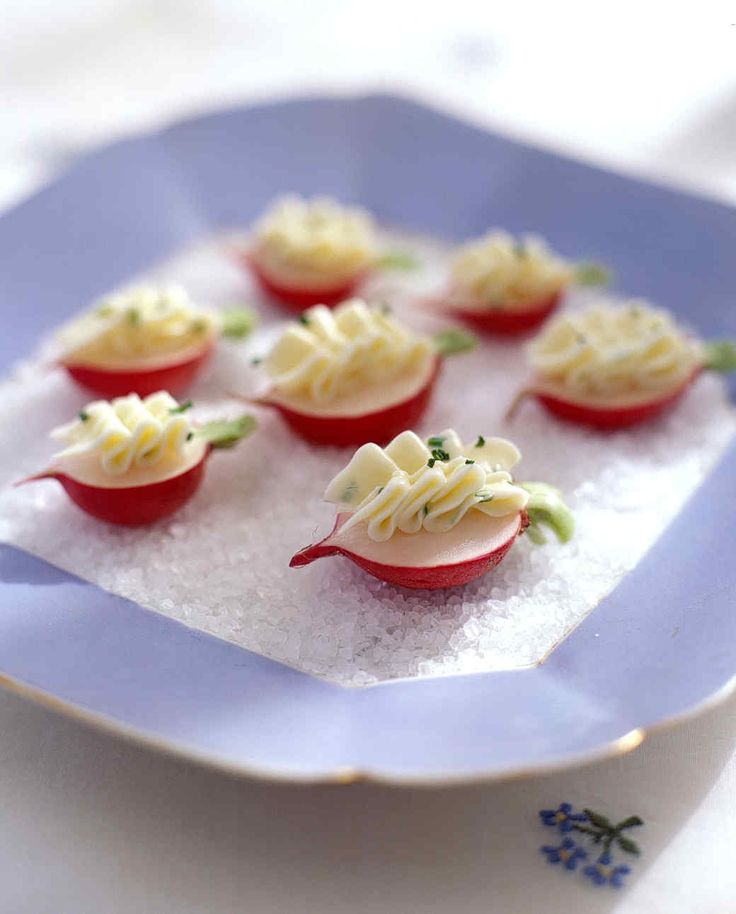 Cast iron also works if well greased.
Cast iron also works if well greased.
Gluten-Free Spinach Pancakes
Yes! Buckwheat flour is naturally gluten-free and it works well in this recipe.
Dairy-Free Spinach Pancakes
To make these dairy-free, simply use nondairy plain unsweetened milk instead of dairy milk and cook with neutral oil.
Easy Baby Pancakes
Due to the very soft texture of these pancakes, they tend to be much easier for babies to eat than traditional ones. And since they are packed with nutrients, this is a favorite pancake recipe to make for baby led weaning and once a baby is starting to eat finger foods.
TIP: Find my favorite early finger foods for babies here.
Serving Suggestions
Maple syrup and butter of course, or nut butter, yogurt, applesauce, chopped fruit, or jam are all good options. When my middle kiddo was a baby, she ate them plain!
TIP: We like to have ours with a fruit salad rainbow (without the pot of gold at the end, unfortunately!) for St. Patrick’s Day, but that part is of course optional.
Patrick’s Day, but that part is of course optional.
How to Store
These store really well if you let any leftovers cool and store in an airtight container or zip top freezer bags. You can store leftovers in an airtight container in the fridge for 3-5 days or in a freezer safe container or bag for up to 3 months. Warm in 15 second increments in the microwave to serve.
Tips for Making the Best Spinach Pancakes
- You can store a bag of baby spinach in the freezer to use in smoothies and pancakes. Freezing it maintains the nutrients but it knocks out any “green” flavor which is handy! It’s also nice that you don’t have to worry about it going bad before you can use it up.
- Be sure to blend the batter very smooth to get the greens very well processed.
- You can sub in whole wheat flour for the buckwheat, but you’ll want to reduce the milk by ¼ cup.
- If the bottoms start to brown too much before they are set, lower the heat to medium-low.
- Look for buckwheat in the natural flours section of your supermarket.
 It’s widely available and very nutritious.
It’s widely available and very nutritious. - If making for a baby who’s not yet consuming cow’s milk, you can use unsweetened nondairy milk.
- I prefer to use a nonstick skillet or griddle for this recipe, though cast iron works too.
- You may also like Spinach Banana Muffins, 2-Ingredient Pancakes, Banana Oatmeal Pancakes, and Yogurt Pancakes.
I’d love to hear what you think of this recipe so please comment below with feedback!
This post was first published March 2018.
Prep Time 5 minutes
Cook Time 15 minutes
Total Time 20 minutes
Author Amy Palanjian
Cuisine American
Course Breakfast
Calories 237kcal
Servings 4
- ▢ 2 small very ripe bananas (about 1 cup tightly packed sliced banans)
- ▢ 2 large eggs
- ▢ 1 cup buckwheat flour or whole wheat (See Notes at the bottom if using whole wheat)
- ▢ 1 cup milk
- ▢ 2 cups lightly packed baby spinach
- ▢ 1 tablespoon ground flaxseed
- ▢ 1 1/2 teaspoons baking powder
- ▢ 1 teaspoon cinnamon
- ▢ 1 teaspoon vanilla extract
- ▢ Coconut oil for cooking (or canola oil or butter)
Add all ingredients to a blender except the flour.
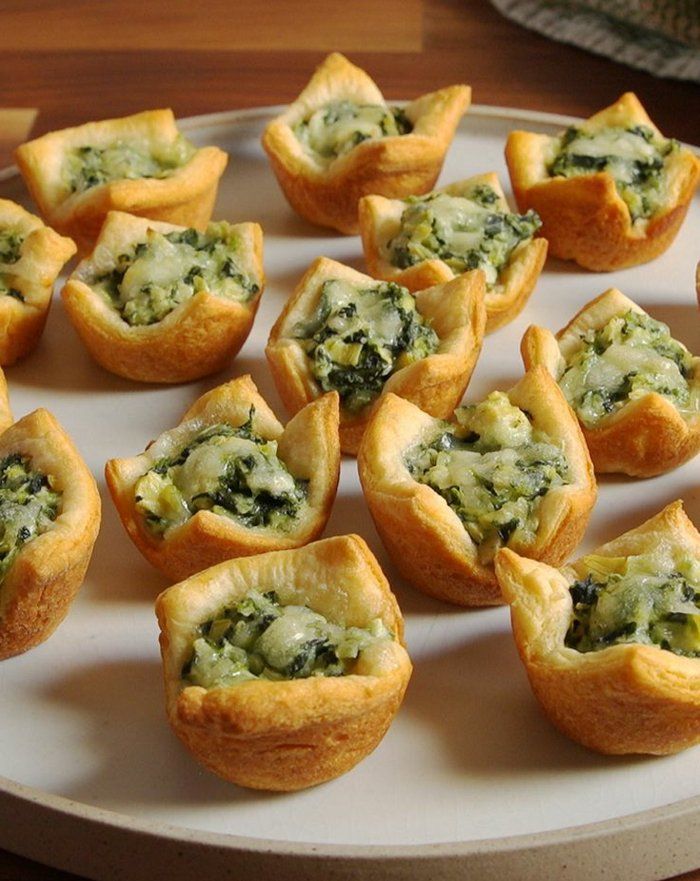
Blend on high until very well combined, about 20-30 seconds, or until you no longer see any noticeable flecks of spinach.
Stir or pulse in the flour and thoroughly combine without over-mixing.
Warm a nonstick or cast iron skillet or griddle over medium heat and coat with oil or butter. Pour small rounds of batter onto the hot surface—the batter should spread fairly thinly on its own—and let cook until bubbles form on the surface and the surface is mostly set, about 3-4 minutes.
Flip and cook for an additional 3 minutes, or until fully cooked.
Continue to prepare the rest of the batter, keeping the finished pancakes warm in a 275 degree oven if desired.
Serve warm with fruit, maple syrup, or another favorite dip.
Green Pan Non-Stick Pan
Vitamix Blender
Spatula
- To store, let cool fully and keep in an airtight container in the fridge for up to 3 days.
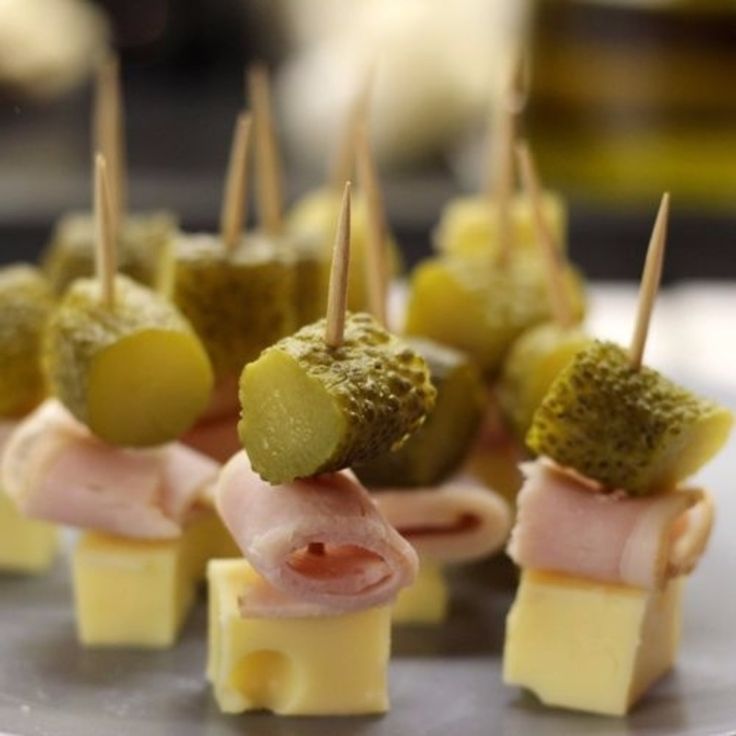 Warm slightly before serving. Or, store in a zip top freezer bag for up to 3 months and warm through to serve.
Warm slightly before serving. Or, store in a zip top freezer bag for up to 3 months and warm through to serve. - Whole-wheat flour: You can sub in whole wheat flour for the buckwheat. Just reduce the milk to ¾ cup.
- You can use baby kale in this recipe if you prefer.
- You can store a bag of baby spinach in the freezer to use in smoothies and pancakes. Freezing it maintains the nutrients but it knocks out any “green” flavor which is handy! It’s also nice that you don’t have to worry about it going bad before you can use it up.
- Be sure to blend the batter very smooth to get the greens very well processed.
- If the bottoms start to brown too much before they are set, lower the heat to medium-low.
- Look for buckwheat in the natural flours section of your supermarket. It’s widely available and very nutritious.
- If making for a baby who’s not yet consuming cow’s milk, you can use unsweetened nondairy milk.
- I prefer to use a nonstick skillet or griddle for this recipe, though cast iron works too.
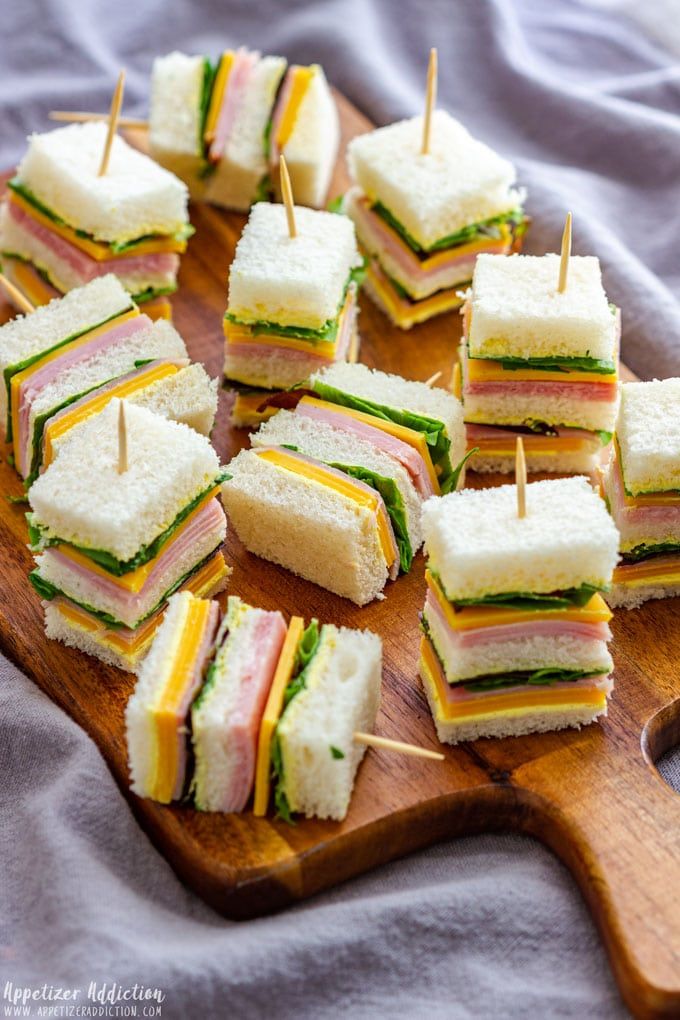
Calories: 237kcal, Carbohydrates: 40g, Protein: 9g, Fat: 6g, Saturated Fat: 2g, Polyunsaturated Fat: 1g, Monounsaturated Fat: 2g, Cholesterol: 104mg, Sodium: 206mg, Potassium: 577mg, Fiber: 6g, Sugar: 11g, Vitamin A: 1674IU, Vitamin C: 9mg, Calcium: 208mg, Iron: 2mg
Tried this recipe?Rate in the comments and tag @yummytoddlerfood on IG!
Buffet organization and ideas for buffet snacks
The word " buffet " comes from the French fourchette , which means fork.
Buffet is a type of event and organization of a table with small snacks, when each guest freely chooses dishes and drinks.
At such events, forks are predominantly used as cutlery, hence the name.
Another main distinguishing feature of the buffet is the absence of chairs and tables with painted seats.
The tradition of standing eating originated in France in the 19th century. Politicians sitting in Parliament have made it a habit to have a snack at 5 pm, standing near the table with a fork.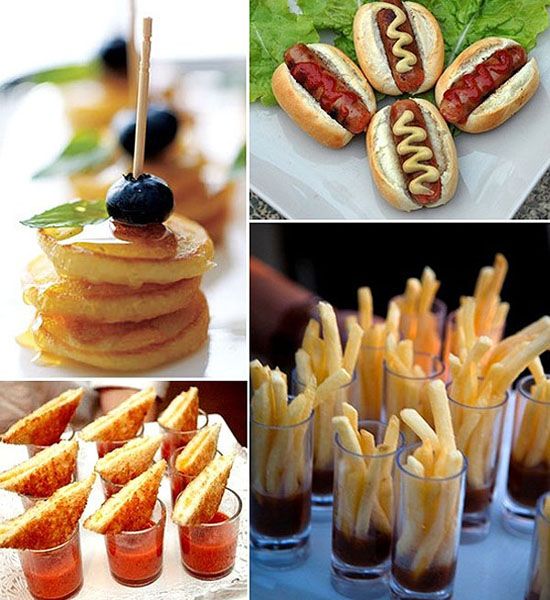
The Russian Empire adopted many traditions from France, including the tradition of a buffet table. The tradition has taken root, but has been transformed.
So we got a buffet table - cold snacks and drinks in a short amount of time.
All over the world, the buffet is called buffet.
There are two very similar traditions in the world - buffet (smorgasbord) and buffet (buffet).
Both options include snacks. At the same time, on the buffet table there are cold dishes, the so-called “finger snacks”, which can be taken with your hands or by a skewer, and on the buffet - cold and hot dishes.
Buffet requires a small amount of time. Buffet is a more serious meal.
Be that as it may, both are a convenient format for organizing a meeting, an event when a large number of guests and a small amount of time and space are planned.
Shrimps with mango in mango sauce As a rule, buffets have gained love and popularity in corporate culture.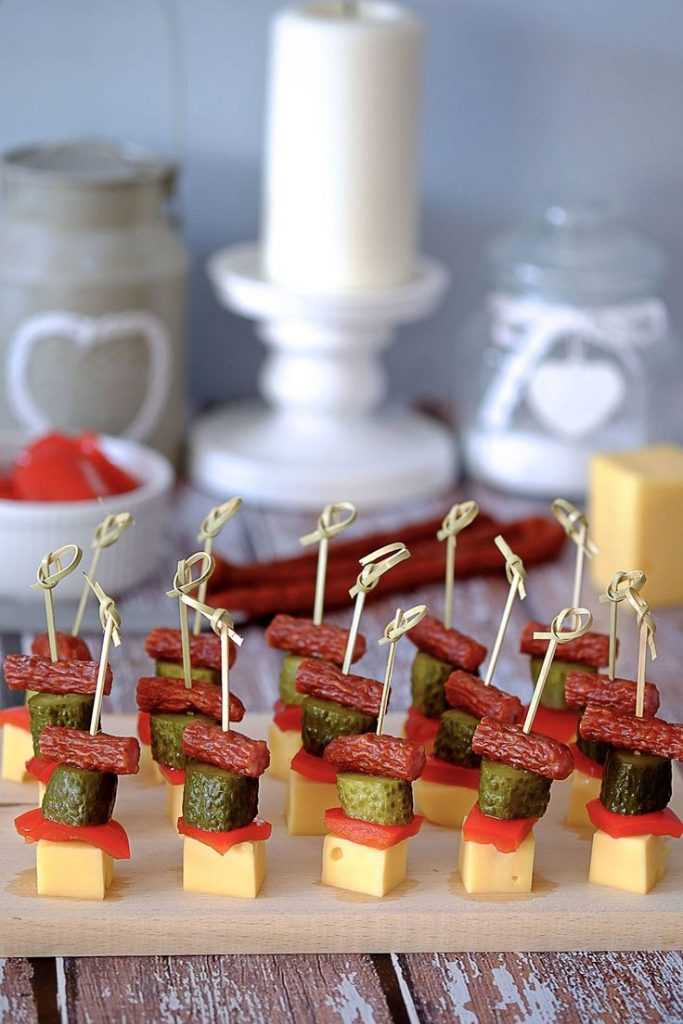 This is a convenient way to spend time with colleagues over socializing, light snacks and drinks.
This is a convenient way to spend time with colleagues over socializing, light snacks and drinks.
Buffet table can also be organized at home. This is a beautiful and elegant version of the holiday, when the main goal of the event is communication, and not a hearty meal.
Is a buffet table suitable for you?
– yes, if you are planning to have many guests and space is limited;
- yes, if you are limited in time;
- yes, if the main goal is communication or a thematic event and entertainment.
Currently, there are catering companies that organize turnkey receptions. But, you can organize a buffet table on your own, having thought everything through in advance, making a menu and a shopping list.
What do you need to organize a buffet table?
- tablecloth on the table, preferably long ("on the floor") or "skirt";
- plates for snacks - grouped in piles of 6-10 pieces;
- glasses and glasses - use various ways of grouping and arranging - in rows, groups, "snake", "herringbone".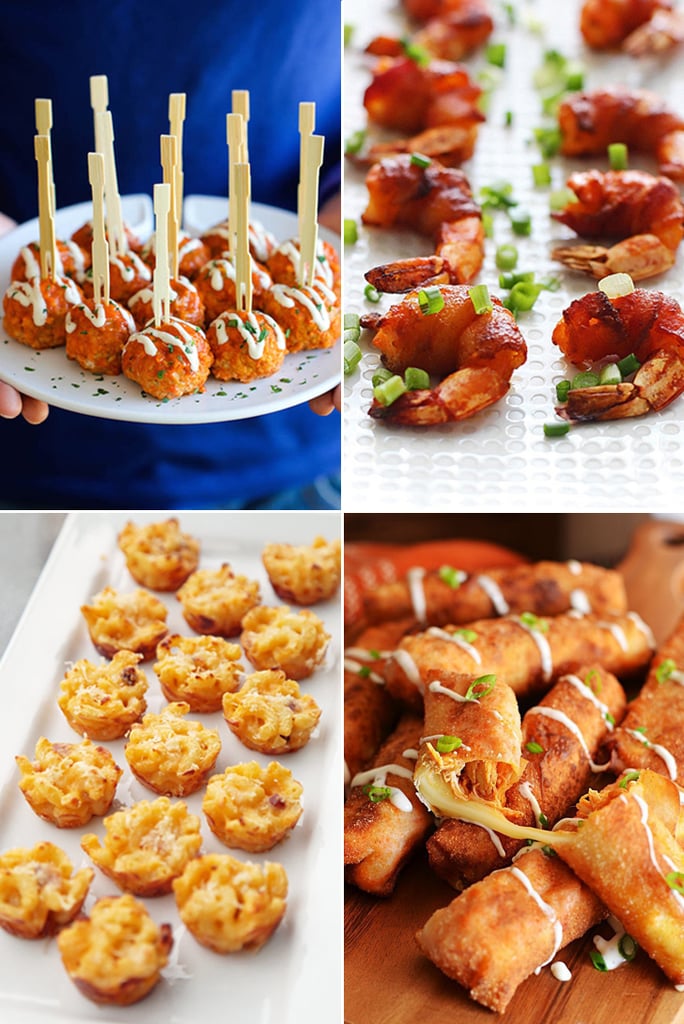
- forks - there is no role on which side of the plates or in what part of the table they will be located, the main thing is that it is convenient for guests to use them.
- paper napkins;
- skewers - you will need them for serving snacks;
- portioned cups, if you plan to serve snacks in them;
- serving dishes, trays, boards, multi-tiered coasters;
- spatulas, tongs and other spreading utensils;
- a flower arrangement will look beautiful in the center of the table.
The basic rule of a fcckshet is that all the necessary cutlery, napkins, dishes and drinks should be in a convenient way so that the guest can easily get them!
It is better to place low objects towards the edge of the table (for example, glasses), tall ones closer to the center (for example, wine glasses with a high stem), the same rule applies to snacks.
Buffet table arrangement.
- Bottled drinks are placed at the edge of the table, labeled "out".
- Compotes, juices, fruit drinks - in jugs on plates.
- Snacks on serving plates are placed in a space free from cutlery.
Place oval and square dishes at a 45 degree angle.
First of all, those snacks are put on the table that do not lose their qualities and appearance from the effect of temperature.
Last but not least, they put aspics, snacks under mayonnaise, butter and caviar.
Snack oil with dried tomatoes and basilThe buffet table menu includes 10-15 cold appetizers, 1-3 hot drinks.
Calculate the time for preparing snacks - evaluate it objectively and take it with a margin! Despite the small size of snacks, they require painstaking work.
Options for buffet snacks - the sea! You can connect your imagination and come up with incredibly tasty and original ideas, or you can use the classic options for a buffet table. Due to the variety of products used and the ways of serving snacks, the buffet table can look rich, tasty and beautiful!
Examples of buffet snacks.
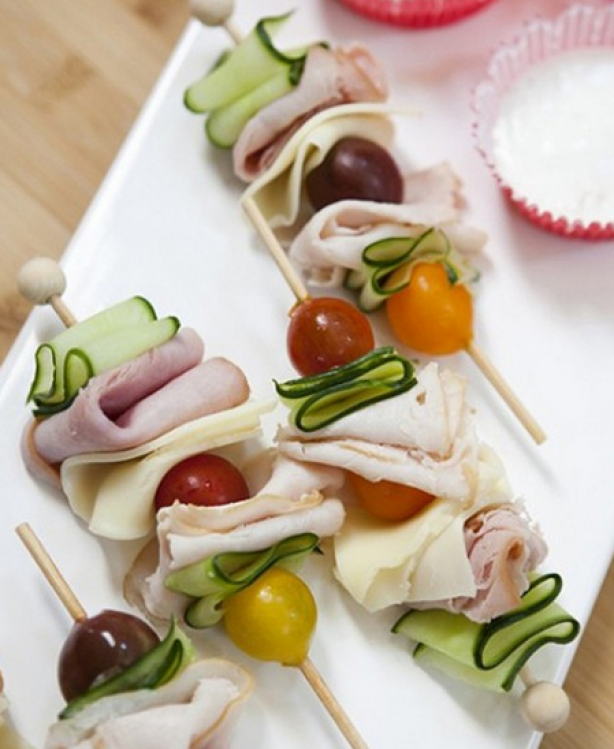
The most common type of buffet cold appetizers - canapés - mini-sandwiches. As a rule, they are served with a skewer.
Now there are special cutting forms for cutting bread and other ingredients for canapés. But you can get by with an ordinary knife or figured cuttings. The main thing is to show imagination and accuracy in execution!
Canape options can be thought out in advance, or you can act intuitively, collecting a variety of ingredients on a skewer:
- white/ black bread/ crackers;
- sausage / ham / boiled pork / hunting sausages;
- cheeses/mini mozzarella;
Lightly salted fish/herring/shrimp;
- cherry tomatoes/cucumber/radish/avocado/lettuce/greens;
- gherkins/pickled beets/mushrooms/mini onions/mini corncobs canned, etc.
Do not limit your imagination, you can serve snacks not only on bread, use crackers, chips, cucumber slices!
Avocado appetizer served on crackers Canapés on the buffet table can be supported by their big brothers – crostini and bruschetta .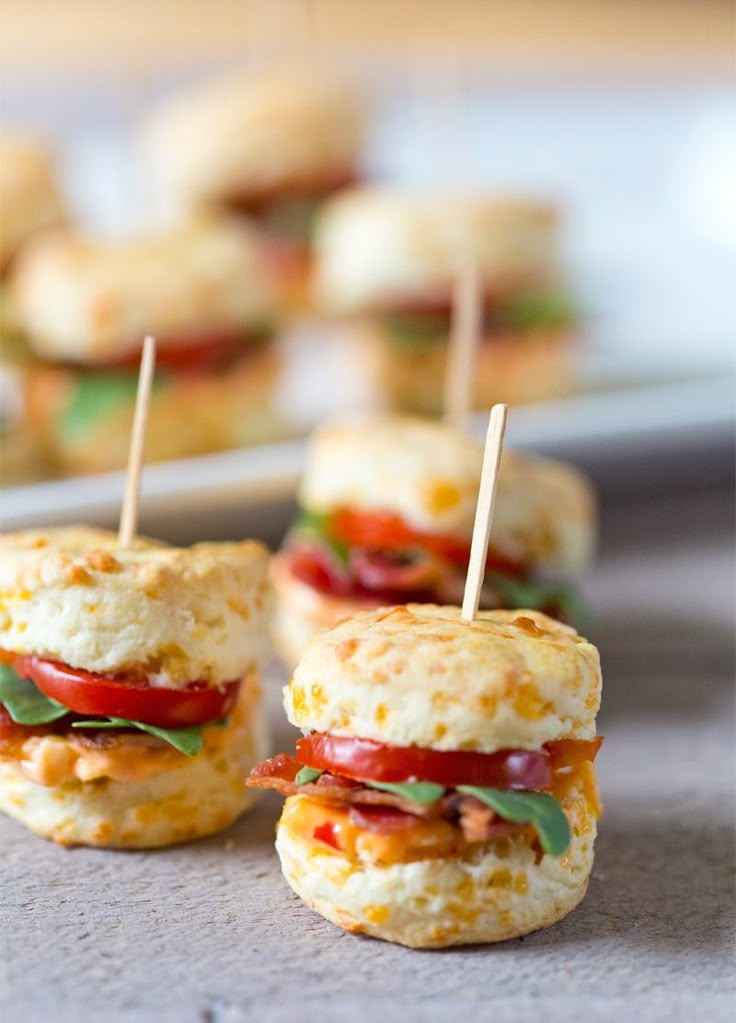
These traditional Italian appetizers on a slice of toasted bread are easy to make and have a great variety.
Crostini with grapesBruschetta is a small toast of grilled bread with various spreads and toppings. The simplest version of bruschetta is toasted bread brushed with olive oil and grated with a clove of garlic.
For variety, toppings such as tomatoes, onions, basil, cheese (parmesan, mozzarella, feta), shrimp, ham or sausage can be placed on the bread slice.
For example, you can serve bruschetta with Parma ham and figs .
Or make a vegetarian version - bruschetta with tomatoes and eggplant .
Italian cuisine has given the world many delicious options for snacks!
Classic combinations such as prosciutto ham with melon are perfect (for melon, use a noisette spoon).
Canape - prosciutto ham with melon Also, " caperese on a fork " - cherry tomato, mini mozzarella-basil.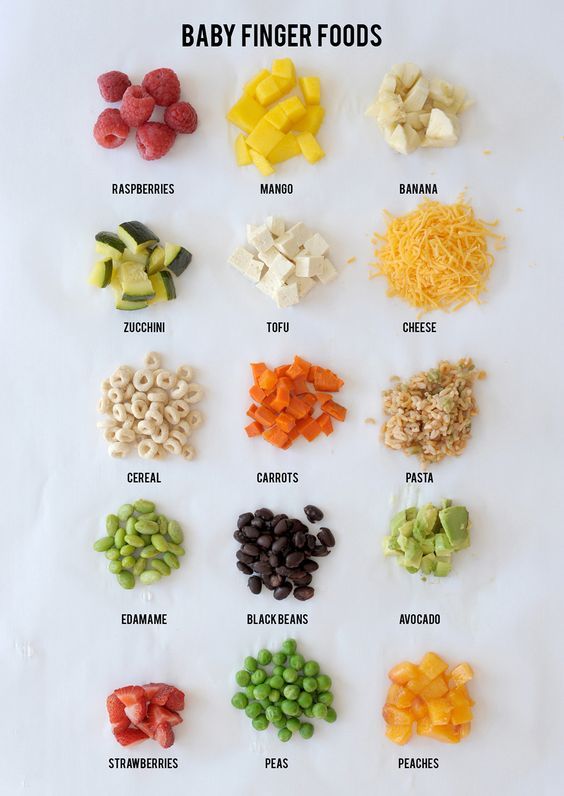
Another classic option for serving cold appetizers is tartlets.
For their preparation, as a rule, unsweetened shortcrust chopped dough is used. You can also use ready-made tartlets - this will save you time.
Stuffed with all sorts of simple salads from a few ingredients.
Also a tartlet is a great option for serving caviar .
Snacks Profiteroles can be prepared from neutral choux pastry.
The idea is the same - we fill it with ready-made salads.
Ideal for a buffet table - portioned bowls .
Shrimps with Tabasco sauceThey can serve both salads and appetizers. They have the advantage that snacks served in them can be safely supplemented with sauce.
Use a variety of combinations and don't be afraid to experiment!
The only thing you need to consider is where the guests will dispose of the empty bowls so that everything is aesthetically pleasing.
rolls in lavash have become very popular. Easy to prepare! Choose the filling to your taste (meat or fish), add juiciness due to greens - lettuce, cucumber, tomato, etc., you can use any sauce (mayonnaise, etc.). The main thing is to twist the roll tighter and give time to compress the ingredients, cut into portioned pieces with a sharp knife.
Lavash rolls with red fishYou can also make pancake rolls . Pancakes are not sweet. And we act in the same way - we distribute the filling over the pancake, roll it up, cut it into portioned “rolls”.
Classics of the genre - pancake rolls with curd cheese, lightly salted fish and caviar.
Pancake rolls with curd cheese, slightly salted fishPancakes can also be stuffed with any filling of your choice and served in portions, for example, in the form of bags.
Another variant of buffet appetizer is stuffed eggs.
stuffed eggsHere are examples of proven delicious combinations:
1.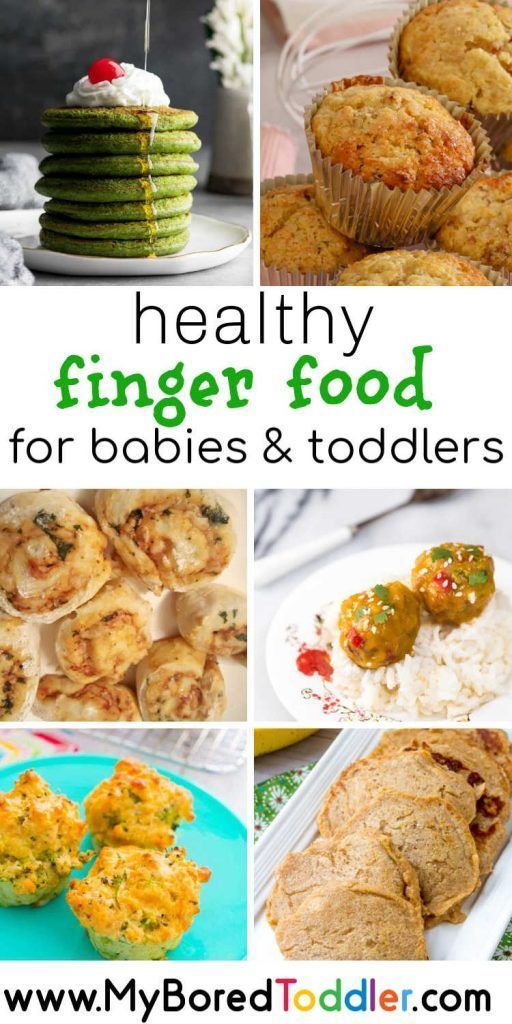 Syr, yolk, garlic, mayonnaise
Syr, yolk, garlic, mayonnaise
2. Icra (without yolk)
3. Saw, garlic, mayonnaise
4 .Cod liver, yolk
5.Pate with yolk
6.Avocado, crab meat, mayonnaise
7.Green peas, yolk, mayonnaise
stuffing, and crown the composition with a piece of herring.
Herring under a fur coat for a buffet tableDo not neglect vegetable snacks - they are light and complement meat and fish options well. You can use stuffed cherry tomatoes,
Stuffed cherry tomatoespickled mushrooms, cucumbers, provided with skewers,
Pickled mushroomscarrot balls, etc. their choice.
If you are planning julienne, let it be in small portion cocottes.
If there are meat appetizers, let each one be equipped with a skewer or consider in advance the presence of a spatula or tongs, with which it will be convenient for the guest to serve himself.
Meat rolls You can prepare snack patties, open baskets or other dough products that the guest can take with his hands.
When serving a buffet table, try to alternate snacks from meat, fish, and vegetables. For example, you should not put two meat snacks next to each other.
Bottles with mineral water and juice are opened 5-10 minutes before guests are invited to the table, and only a part of the bottles are uncorked, while the rest are opened already in the process.
Liquor bottles are opened in the kitchen, except for champagne.
Champagne bottle can be placed in an ice bucket and placed on the edge of the table. Start with it, as an aperitif, and start your event by raising your glasses!
Cakes ShuFor dessert, you can serve portioned creamers with desserts, mini-cakes, sweet canapés, fruit on skewers, coffee, cognac and liqueurs for drinks.
Happy and tasty holidays to you!
Christina Belko
Hello! My name is Christina. When I was a little girl, I loved to look at my mother's cookbooks and sculpted plasticine dishes for my dolls. Now I myself am a mother of two kids and love to pamper them with different goodies.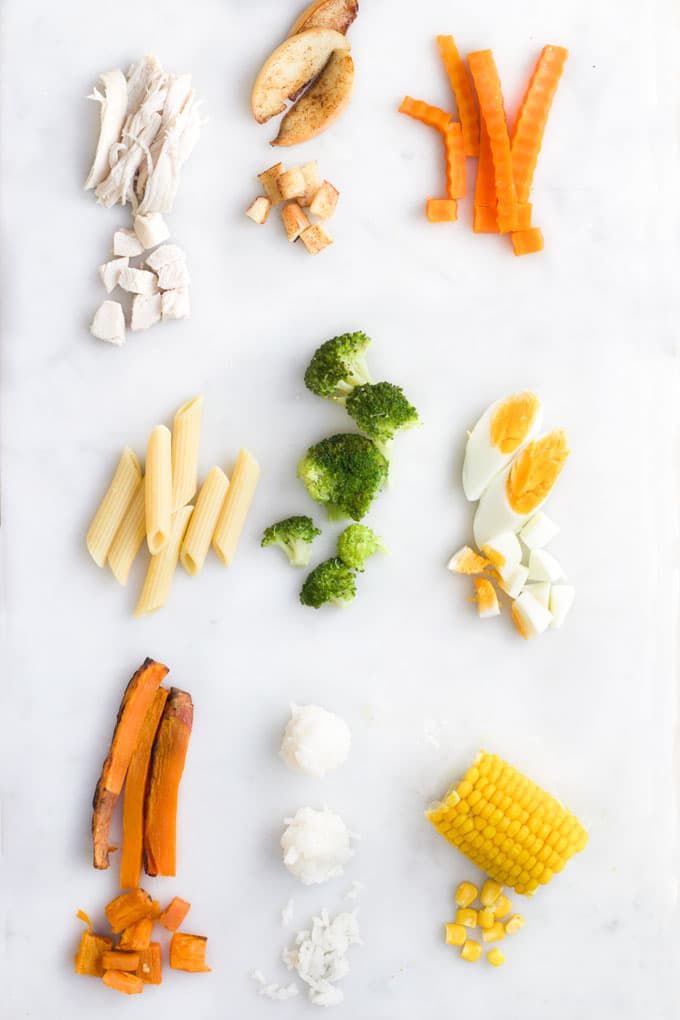 Searching for interesting recipes and sharing culinary wisdom has become an exciting hobby for me. I draw inspiration from my family, books and walks around the beautiful city of St. Petersburg. For my family, I choose tasty and healthy food. When cooking, I use simple and affordable ingredients, often resorting to the help of a double boiler. I love Russian cuisine, I think it is part of our history and culture. Also, in our menu, dishes of national cuisines that have proven themselves all over the world often appear. The recipes that I offer you are loved by my family and friends. I hope you enjoy them as well! I will be happy to answer your questions, accept comments and suggestions! 9Baby food outside help and any difficulties.
Searching for interesting recipes and sharing culinary wisdom has become an exciting hobby for me. I draw inspiration from my family, books and walks around the beautiful city of St. Petersburg. For my family, I choose tasty and healthy food. When cooking, I use simple and affordable ingredients, often resorting to the help of a double boiler. I love Russian cuisine, I think it is part of our history and culture. Also, in our menu, dishes of national cuisines that have proven themselves all over the world often appear. The recipes that I offer you are loved by my family and friends. I hope you enjoy them as well! I will be happy to answer your questions, accept comments and suggestions! 9Baby food outside help and any difficulties.
Finger food is a fun way to encourage the development of motor coordination and skill development for biting, chewing and self-feeding. Food in pieces should be easy to grasp by children's fingers and long-term storage, and should not contain bones or seeds.
As soon as the child begins to take food with his fingers and put them into his mouth with reasonable hand-eye coordination, then the fun begins! Let your child experiment with soft snacks such as a banana or peach that can be “hand-mashed” to the right consistency. The more a child experiments with finger food, the faster he will masterfully feed himself.
Finger food helps keep a child's food interest. As soon as he begins to feed himself on his own, then new taste horizons open up for him. What child refuses to try to bring the product to his mouth on his own, even if he didn’t really like it before.
Table of Contents:
Mothers often wonder at what age they should give finger food to their babies.
Honestly, even for me it's a difficult question. It's just that sometime between eight and nine months, the baby began to eat small pieces of food. The change in the consistency of food by age is very well described in the WHO recommendation, so it should be guided by.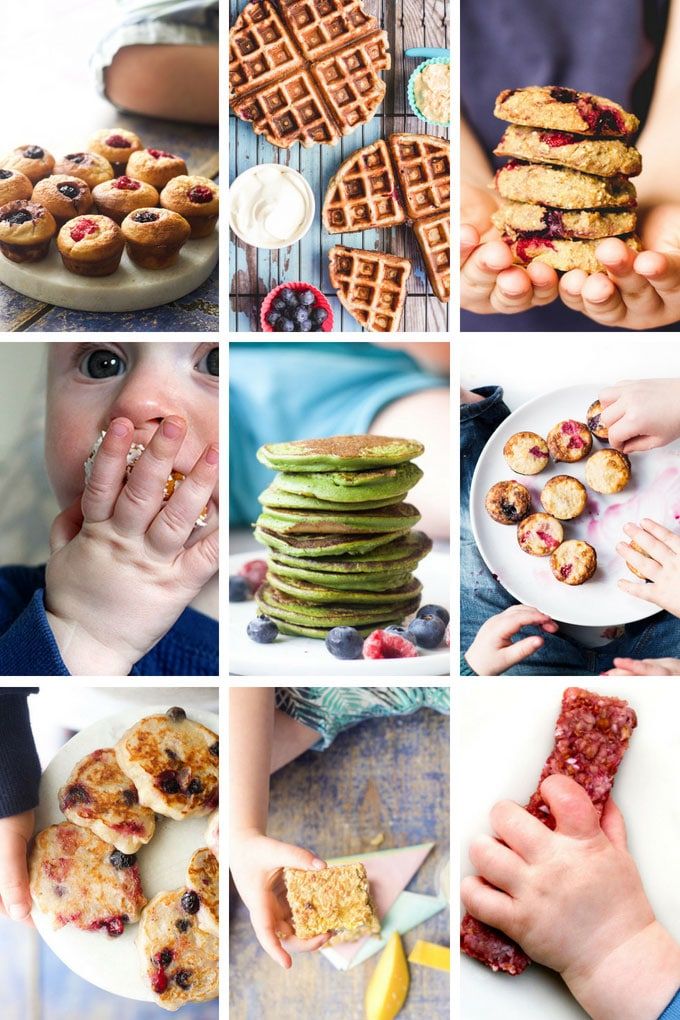
Consistency of food up to a year. Click on me!!!
However, you should not do it blindly and try to feed the baby in pieces at a certain age, perhaps he will not be ready yet. Children are all different, some want food in pieces, almost from the beginning of complementary foods, others are not ready for lumpy food for up to a year or more. Therefore, any decision on finger food is made based on the child and his readiness. An excellent preparation for finger food is a nibbler, which will prepare the child for lumpy food.
The child has no teeth
Click me!!! A child's gums are incredibly strong, as is the tongue, so the number of teeth is not an indicator of whether to give finger food or not. If the decision has been made to start complementary foods and the baby is doing well with mashed foods, then you can safely start giving small pieces of soft food when the baby is ready for it. At this stage, it is important to let the child try to eat food of a different consistency, more complex, in order to train the maxillofacial apparatus.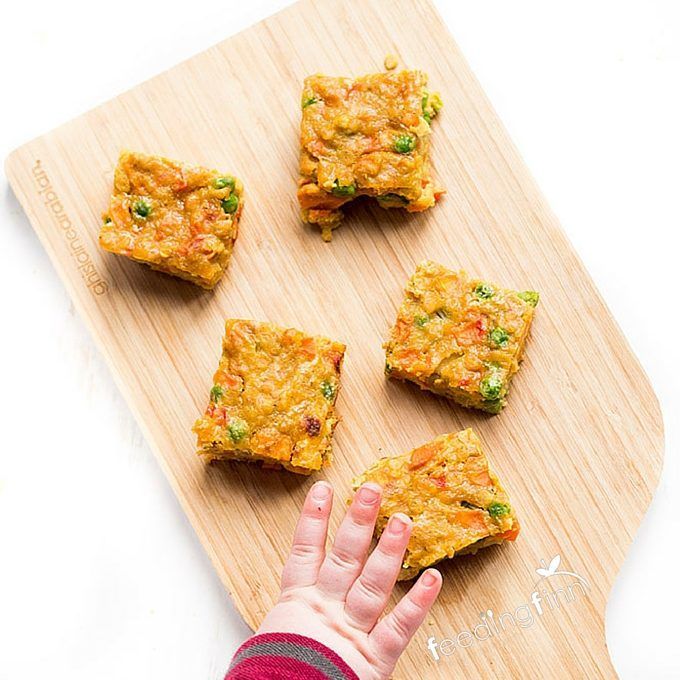 Thus, the child gradually prepares for the full chewing of food with the help of the entire jaw, teeth and tongue.
Thus, the child gradually prepares for the full chewing of food with the help of the entire jaw, teeth and tongue.
How to know if finger food is safe for a child
A good rule of thumb to help prevent choking is to avoid anything hard (e.g. raw carrots), round (e.g. whole grapes), sticky (e.g. , spoon of nut butter) or too much gummies (such as gummies). At first, the child is given pieces of food in the form of sticks, which can be easily clamped in the child's chick, later, when the child begins to control the finger grip better, you can move on to cubes. At first, finger food should be soft, boiled and melt in your mouth. As a child learns to manage with such products, it is possible to complicate the task and switch to fresh soft foods, etc.
Foods that are easy to squeeze between fingers are good for older children and for younger children. Around 16-18 months, many babies are ready for more complex textures.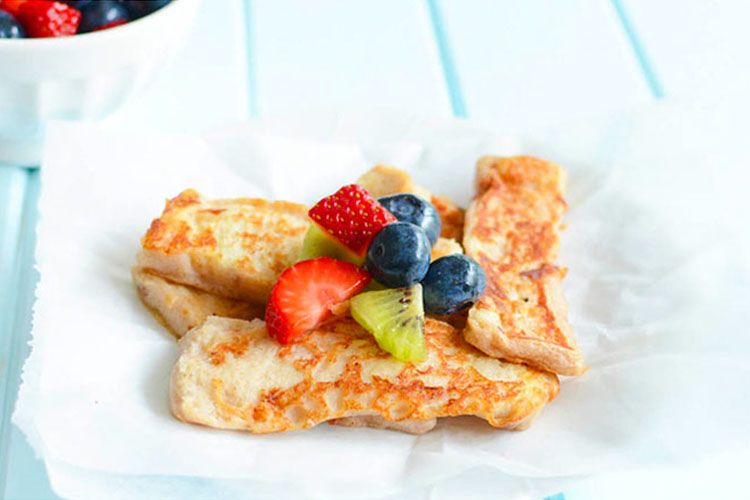 During this period, cutting food into pea-sized pieces is also a good idea - many babies tend to put large pieces of food in their mouths, so small cubes are used to avoid choking. We always adjust the sizes of products according to the age and eating experience of our own child.
During this period, cutting food into pea-sized pieces is also a good idea - many babies tend to put large pieces of food in their mouths, so small cubes are used to avoid choking. We always adjust the sizes of products according to the age and eating experience of our own child.
Usually the first finger food is biscuits or baby biscuits, which are very soft and dissolve easily in the mouth. The baby first sucks it, procrastinates, and learns to roll pieces of food in the mouth with the help of the tongue. A little later, when the teeth appear, you can give the product a little harder, for example, a soft apple, some parents play it safe and give a baked apple without a peel. Later, as new foods, vegetables and fruits are introduced into complementary foods, they are offered in the form of finger food, such as boiled broccoli or cauliflower. In general, the child can be offered almost all products in the form of finger food, which is introduced into baby food.
Should the product be peeled or not?
We give an apple to a child without a peel.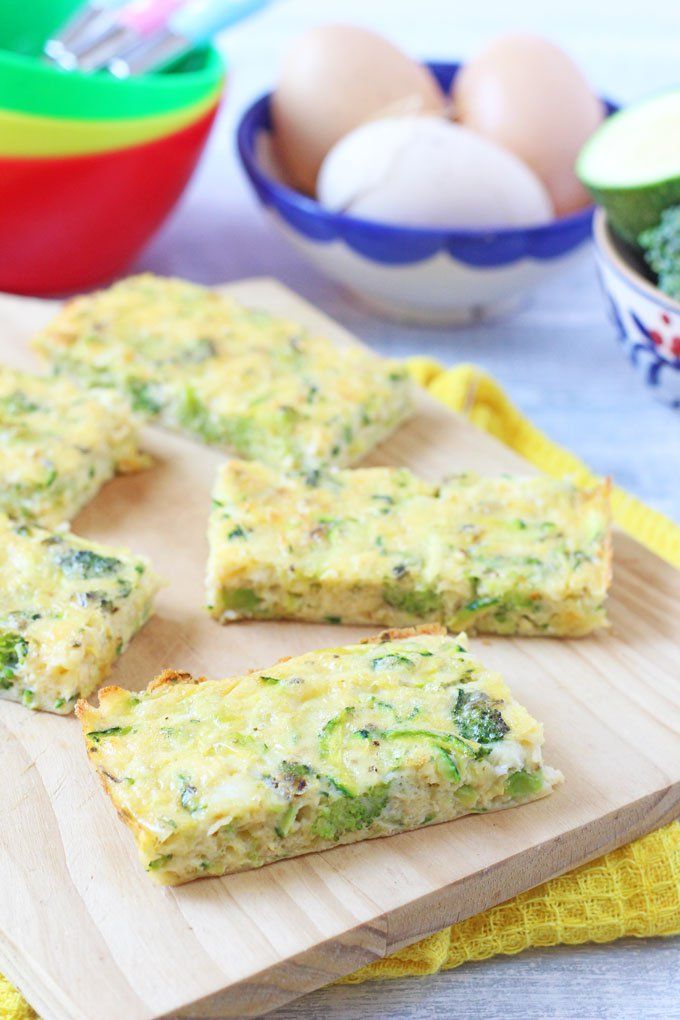
The first finger foods in the form of vegetables and fruits are given without skins. Yes, the skin of many fruits and vegetables contains valuable nutrients. It is often recommended to leave the skin on in order to take full advantage of the nutrients contained in the product. But removing the top layer from fruits and vegetables helps reduce the amount of pesticides that may be in the product. Peeling fruits and vegetables helps avoid choking hazards due to the rough texture of the skins. The peel also usually sticks to the palate in the child's mouth, thereby hindering him, and can be there for a long time, and when the child swallows, the probability of choking in the absence of an adult nearby is higher. Getting rid of the skin at the beginning of complementary foods also helps prevent disorders
Banana is convenient to eat with a small hand digestion. And we also take into account that there are some vegetables and fruits, such as pumpkin and avocado, which need to be peeled, because their peel is really inedible.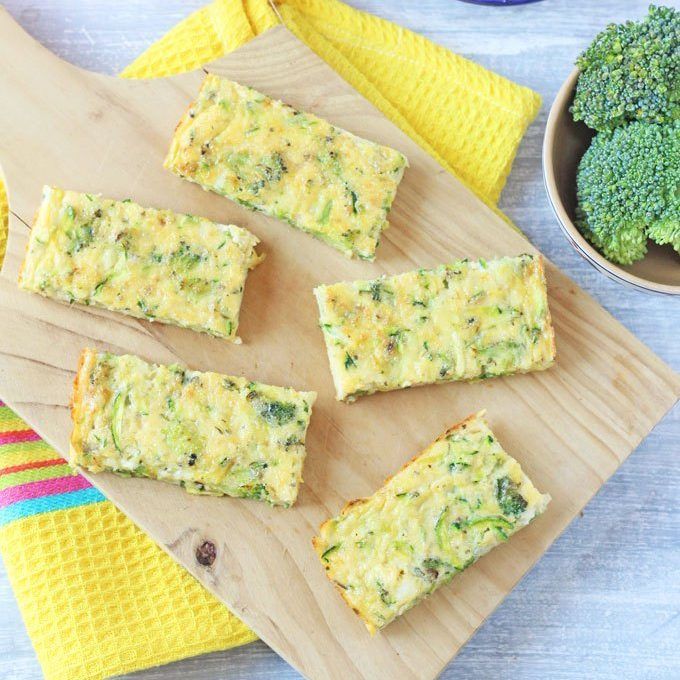 It is not worth getting rid of the product from the peel for a long time, only at first. Usually the first couple of months of complementary foods and exposure to finger food. Then the product with the peel is given to the child in the presence of an adult, after which it is advisable to check the baby's mouth to see if he swallowed everything. Forcibly open your mouth should not be, play the game "Show your tongue or where are your teeth." By the age of 1.5, the child copes well with the peel of fruits and vegetables, if it is too rough, then it easily spits it out.
It is not worth getting rid of the product from the peel for a long time, only at first. Usually the first couple of months of complementary foods and exposure to finger food. Then the product with the peel is given to the child in the presence of an adult, after which it is advisable to check the baby's mouth to see if he swallowed everything. Forcibly open your mouth should not be, play the game "Show your tongue or where are your teeth." By the age of 1.5, the child copes well with the peel of fruits and vegetables, if it is too rough, then it easily spits it out.
Choking
The presence or absence of teeth does not mean that a child can chew. Sometimes children can bite off a piece of food, try to swallow it whole and choke, so never leave a child alone while eating. Some children can store food in their mouths like hamsters, so we always check to make sure the child has swallowed everything before leaving the kitchen. You can read the article on suffocation here.
Our finger food
At first I gave biscuits to my first child, later I switched to a fresh apple, mostly fresh fruits, he sucked and procrastinated them more than he ate. Later, food appeared in the form of a toy, i.e. we crumbled it, crushed it, and sometimes something got into our mouths. However, since breast milk is always given at the end of complementary foods, I was not too worried about whether the baby was full or not.
Later, food appeared in the form of a toy, i.e. we crumbled it, crushed it, and sometimes something got into our mouths. However, since breast milk is always given at the end of complementary foods, I was not too worried about whether the baby was full or not.
With the second child, finger food was a gradual transition from the nibbler. We used it for about a month, then I ventured to give the first pieces of food. But to be honest, the child himself tried the first pieces of food, namely, he stole an apple and took a bite. The first experience of finger food is always scary, because at first the child often coughs and spits out food, he is learning, so it is important to be with the child, if something goes wrong, then the parent will be able to provide first aid. I remind you that the child is suffocating quietly, not a single sound. If he coughs, clears his throat, then everything is within the normal range, you need to help get rid of the food that interferes. Rules for helping with choking know before introducing finger food into complementary foods.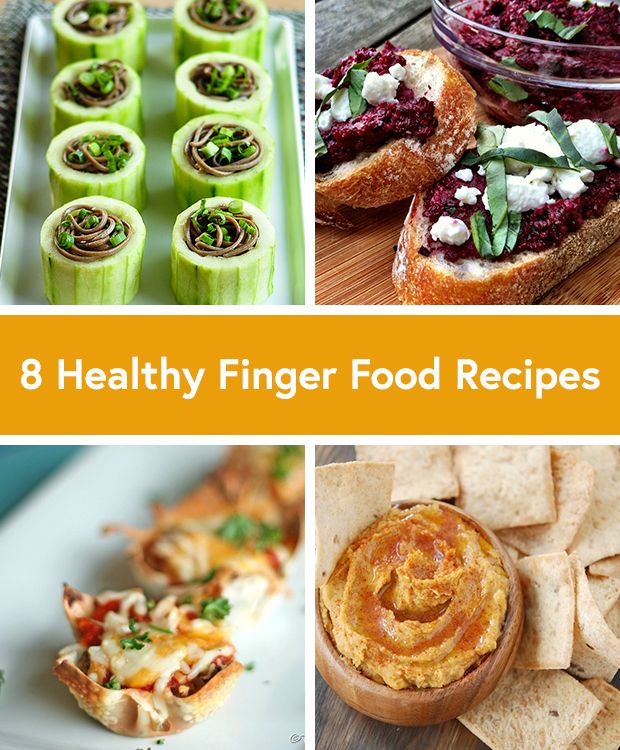 It is imperative to look and study, and then give a new consistency of complementary foods.
It is imperative to look and study, and then give a new consistency of complementary foods.
Of course, at first, only one type of finger food is placed in front of the baby, later a plate is bought, divided into three to five sections, which is filled with finger food. The baby is already given a choice of what to eat, so you can easily determine the taste preferences in nutrition.
Finger food quick hacks
- The first finger food should be well kneaded between the gums.
- Food in pieces should be age-appropriate - do not offer an 8-month-old baby whole eggs .
- If the child cannot raise his head and sit up without help, do not offer him finger food.
- The child should always sit in an upright position, not walk, especially at the first meeting, when he is offered baby food in the form of pieces, to avoid suffocation.
- NEVER leave your child unattended when serving finger food.

Examples of finger food
The first finger food is a biscuit or a baked apple. Those. food that does not need to be chewed, it melts easily in the mouth without additional help from the child. You can start with foods that have been well received by the child in a pureed form on a spoon, serving them in convenient cubes or pieces - the size of a pea for harder items, the size of a stick or wedge for softer foods.
*All products must be familiar to the child or introduced into complementary foods.
Finger food to avoid
When it comes to feeding your baby with food pieces, the biggest problem is preventing choking. So we do not allow him to eat anything without the presence of parents or any adult nearby. And we exclude any food that can get stuck in the child's airways:
Click on me!!!- Popcorn,
- Nuts, Arachis,
- Izuyu and other dried fruits,
- raw vegetables (for example, carrots),
- Grapes,
- Cherry
- hard fruits and vegetables from the skin
- with skin
- with skin 9038 with skin 9038 with skin 9038 with skin 9038 with skin 9038 with skin 9038 9037
- popcorn, pretzels, corn chips and other snack foods
- marshmallows, etc.
